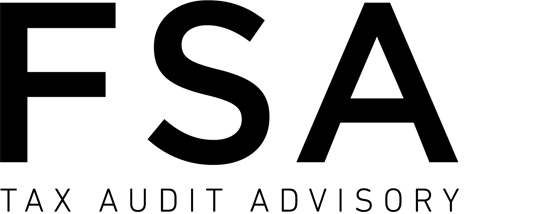The ATO is reminding investors who purchased new shares in a qualifying ‘early stage innovation company’ (‘ESIC’) that they may be eligible for tax incentives.
These tax incentives provide eligible investors who purchase new shares in an ESIC with:
- a non-refundable carry forward tax offset equal to 20% of the amount paid for their eligible investments – this is capped at a maximum tax offset amount of $200,000 for the investor and their affiliates combined in each income year; and
- modified capital gains tax (‘CGT’) treatment, under which capital gains on qualifying shares that are continuously held for at least 12 months and less than 10 years may be disregarded – capital losses on shares held less than 10 years must be disregarded.
The maximum tax offset cap of $200,000 does not limit the shares that qualify for the modified CGT treatment.








